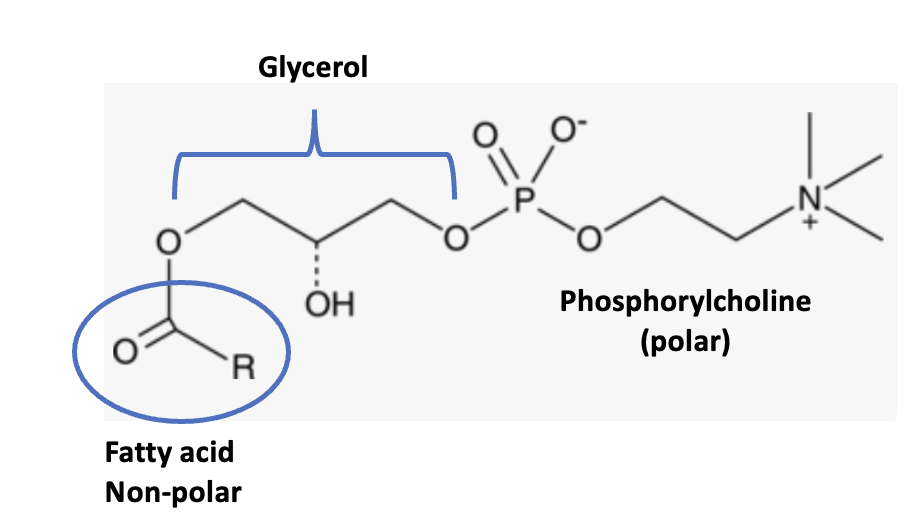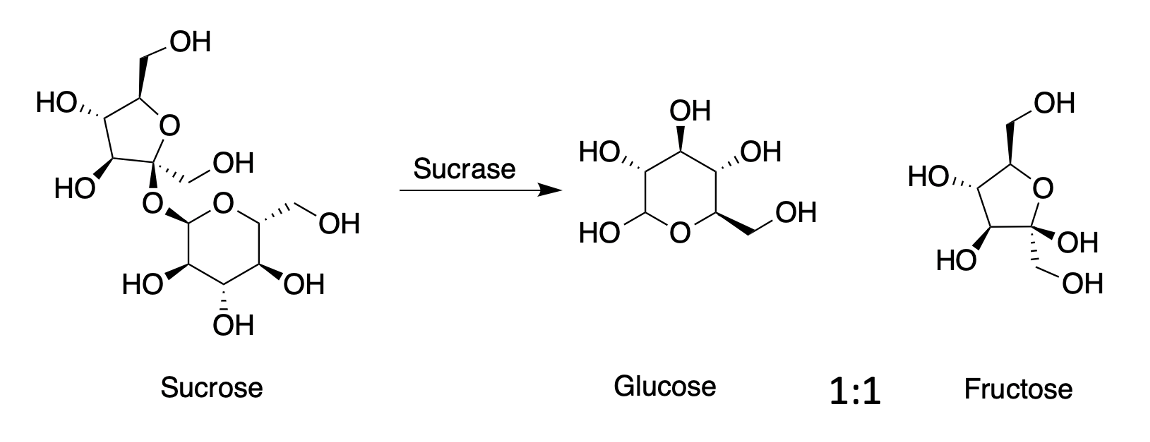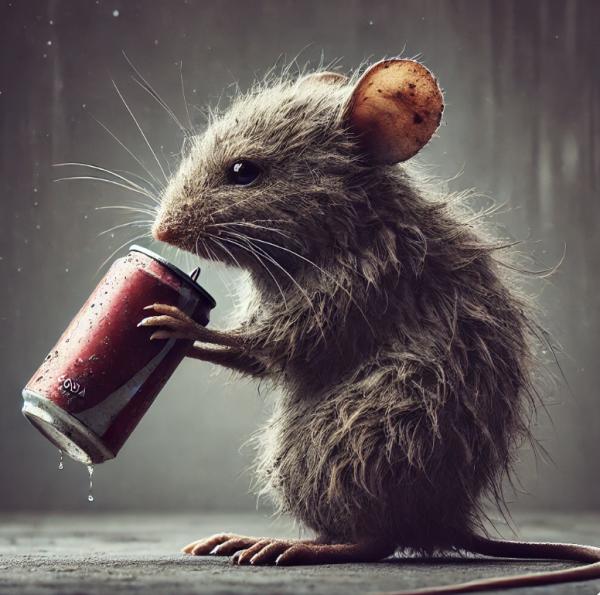If you expect a tirade criticizing the work done by Gary J. Patti and 23 colleagues at Washington University, I'm sorry to disappoint you. The science is elegant,
thorough, and perhaps groundbreaking. Here is the first sentence:
"Fructose consumption has increased considerably over the past five decades, largely due to the widespread use of high-fructose corn syrup as a sweetener. It has been proposed that fructose promotes the growth of some tumours directly by serving as a fuel."
The group takes great pains to elucidate the mechanism by which fructose indirectly feeds lab-grown cancer cells, fish, and mice and it's quite impressive. I use the term "indirectly" because it's not fructose itself that causes the proliferation of cancer cells; it's lipids called lysophosphatidylcholines (LPCs), formed from fructose in the liver. The LPCs circulate throughout the body and are absorbed by cancer cells, causing them to proliferate. This is convincingly demonstrated with both in vitro experiments and multiple cancer types in two animal models of cancer.

Lysophosphatidylcholines consist of a single fatty acid bound to one end of glycerol via an ester bond. A polar phosphorylcholine group is attached to the other end of the glycerol "backbone," also by an ester bond. It is the R group that defines the fatty acid in question.
Here's a short summary of a long paper:
- Cellular experiments
- Cancer cells cannot use fructose as fuel because they lack a certain enzyme that metabolizes it.
- Instead, like normal cells, they use glucose as their energy source but do not proliferate faster.
- When the cells are exposed solely to fructose, the result is much the same — normal proliferation. But things change radically when the cells are exposed to fructose in the presence of liver cells.
- This is because, as the authors discovered, fructose is metabolized by the liver into
lipids (fats) called lysophosphatidylcholines (LPCs), which are tumor promoters.
2. Animal experiments
- When genetically modified (1) zebrafish (a standard cancer model) live in water-enriched fructose the fish develop melanoma. In the absence of fructose, this does not occur.
- When mice, either genetically modified or bred to develop certain cancers, were fed fructose-enriched diets they developed melanoma, breast cancer, and cervical cancers more readily than controls.
- The same tumor promotion was observed when the mice were injected with LPCs.
It's fair to say that the Washington University scientists established a solid link between fructose, LCPs, and cancer proliferation in mice and fish bred or genetically engineered to quickly form tumors. However, other questions need to be addressed.
Is the study relevant to humans?
This is almost impossible to say. Here's why.
- All animal experiments were performed on mice and zebrafish that were either bred or genetically modified to quickly develop cancer. Would this same effect be expected in wild-type animals? Would the metabolic model also apply to us?
- Glucose-feeding experiments were conducted and no effect was noted however, sucrose-feeding experiments were not. Since sucrose is rapidly metabolized to form a 1:1 mixture of glucose and fructose would the authors predict a similar tumor promotion?
Real-life considerations
While the experiments established a firm relationship between cancer and fructose consumption in specifically bred or modified fish and mice it is important to ask how relevant these experiments are to human cancer. There are several reasons to question this.
1. Fructose in the diet
A number of common foods contain significant amounts of fructose (after all, the word means "fruit sugar." Here are a few: apple juice, grape juice (and grapes), jams and jellies, watermelon, dried fruits, and agave syrup. There are many sources of natural fructose. It is impossible to avoid.
2. A little-known fact about honey.
While honey has been touted as an "elixir of health" for 6,000 years, here's something most people don't know. The composition of honey isn't too different from that of high-fructose corn syrup (HFCS).
Honey, with 38.3%: fructose, 30.31% glucose, and a negligible amount of sucrose, has a ratio of fructose-to-glucose of 1.26:1.
HFCS-55 – the most commonly used HFCS – with 55% fructose and 45 % glucose, has a ratio of fructose-to-glucose of 1.22:1.
Although honey contains water as well as various nutrients and vitamins, which account for its healthy reputation, it is much the same as HFCS in terms of composition. Yet, no one is singling out honey as unhealthy, just HFCS. Does this make sense?
3. Cane sugar and HFCS - not much difference
Cane sugar (sucrose) is a disaccharide composed of one glucose molecule chemically bonded to one fructose molecule. It is immediately metabolized, producing glucose and fructose (Figure 1). So, a sugary food, even if it is sweetened with sucrose rather than HFCS, will be an indirect source of fructose.
Soda is an example. A 12-ounce bottle of Coke contains (if sugar-sweetened) 39 grams of sucrose, which will produce 19.5 grams of fructose in the body. The same Coke sweetened with HFCS-55 will contain about 21 grams of free fructose. Is there much difference between the two?

Figure 1. Sucrose, which is composed of one glucose and one fructose molecule, is rapidly metabolized to these two sugars upon ingestion.
Bottom line
The authors of the Nature paper clearly demonstrate in vitro in cultured cells and in vivo in animal cancer models that fructose indirectly promotes cancer growth by using a novel mechanism. Do these models have any predictive value in normal animals or humans? This study cannot answer that question, but the overarching message is that we'd all do better consuming less sugar, something that most people won't debate.
And it raises one more interesting question. Given that sodas are always cited as examples of unhealthy sugar sources then why do people look at diet soda as a carcinogenic brew while a soda is just...a soda? Perhaps these descriptions need to be refined.






